Forget painting the town red. Revelers wanting to escape the heat may adopt a new phrase following the recently revealed results of a real-world study. As detailed by Phys.org, NTU Singapore, researchers found that using “cool paint coatings” in urban areas resulted in pedestrians feeling 2.7 degrees Fahrenheit cooler — helping to mitigate the dreaded heat island effect.
“This is a minimally intrusive solution for urban cooling that has an immediate effect, compared to other options that often require major urban redevelopment to deploy,” lead author Dr. E V S Kiran Kumar Donthu told the outlet.
The Urban Heat Island Effect
The urban heat island effect occurs when cities experience warmer temperatures than surrounding rural areas.

As urban areas develop, natural land cover is replaced with dense concentrations of infrastructure like buildings, roads, and walkways.
Impacts on Health and Environment
Excessive heat can have major impacts on human health, increasing the risk of heat-related illnesses and mortality.

It also harms the environment by altering weather patterns, airflow, and the water cycle. Higher city temperatures accelerate the production of smog and ozone, worsening air pollution.
Cool Paint Coatings Provide Relief
Cool paint coatings are designed to reflect more of the sun’s energy and heat. When applied on a large scale in urban areas, they have been shown to lower surface and air temperatures.

A recent study found that pedestrians in an industrial area of Singapore coated with heat-reflective paint reported feeling up to 2.7°F cooler.
Significant Energy Savings
According to the United Nations, the demand for cooling is projected to triple by 2050. Cooling currently makes up 20% of the energy used in buildings.

By reducing the heat urban structures absorb, cool paints can decrease the energy needed to cool indoor spaces. This could help curb electricity usage from air conditioning and mitigate the urban heat island effect.
NTU Singapore Tests Cool Paint in Large Urban Area
NTU Singapore researchers wanted to see if heat-reflective paint could provide relief from urban heat on a large scale.
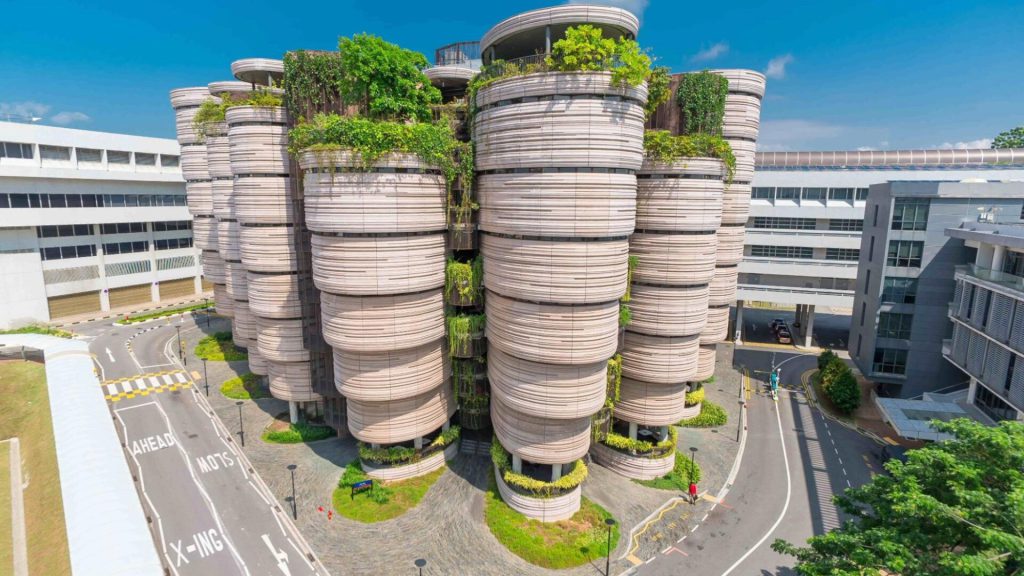
They found that applying the paint to over 129,000 square feet of an industrial area resulted in surface temperatures up to 30% cooler and roof temperatures 40% cooler during the hottest part of the day.
A Minimal Intrusive Solution For Urban Settings
According to lead author Dr. Kiran Kumar Donthu, “This is a minimally intrusive solution for urban cooling that has an immediate effect, compared to other options that often require major urban redevelopment to deploy.

Moreover, by reducing the amount of heat absorbed in urban structures, we also reduce heat load in buildings, consequently reducing indoor air-conditioning energy consumption.”
Further Research Needed
While the initial results of the cool paint study are promising, more research is still needed. The NTU team plans to monitor the test site to determine how long the paint remains effective.
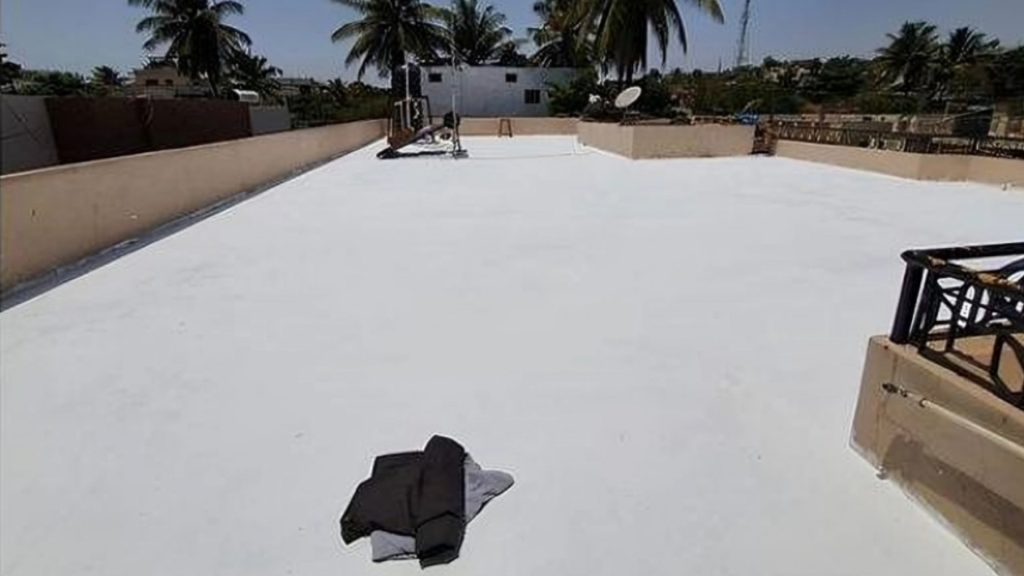
The researchers believe that with more data, cool paint could become an important tool for sustainably adapting to climate change in urban areas.
How Cool Paints Work to Reduce Heat
Cool or heat-reflective paints reflect infrared radiation from the sun and ambient heat.

The paints contain special pigments, typically based on white TiO2 (titanium dioxide) particles that scatter and reflect heat. This helps minimize the amount of heat the surface absorbs, lowering the surface temperature.
Cool Paint Scatters Ambient Heat
Cool paints also help mitigate heat absorption from the surrounding environment. Their reflective pigments scatter and redirect ambient heat in the atmosphere, preventing much of it from being absorbed by the painted surface.
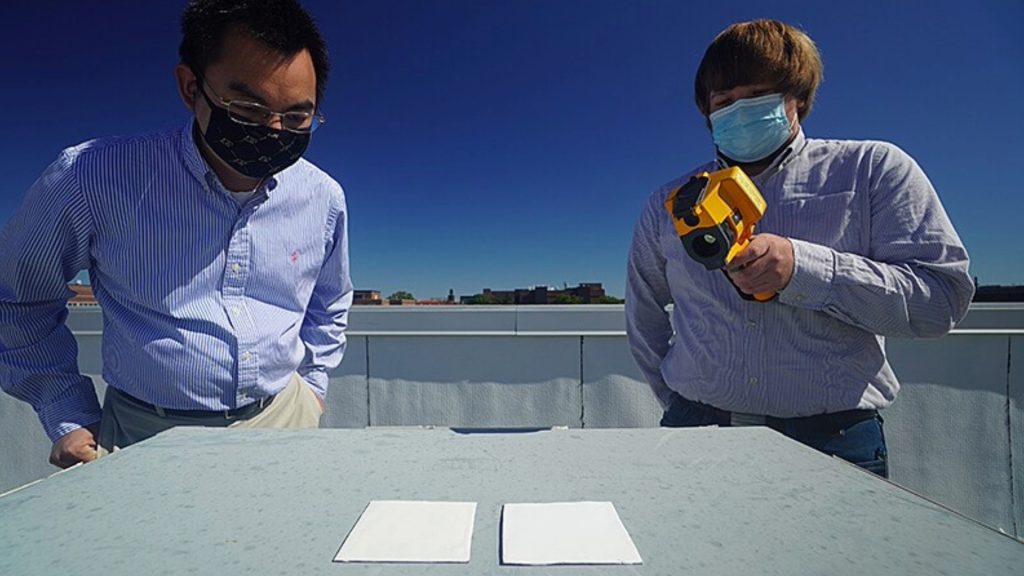
This effect helps lower surface temperature, reducing the heat radiating onto the surrounding area.
Mitigate Urban Heat Islands
Cities tend to be hotter than surrounding rural areas due to dense populations and vast expanses of heat-absorbing surfaces like asphalt and concrete.
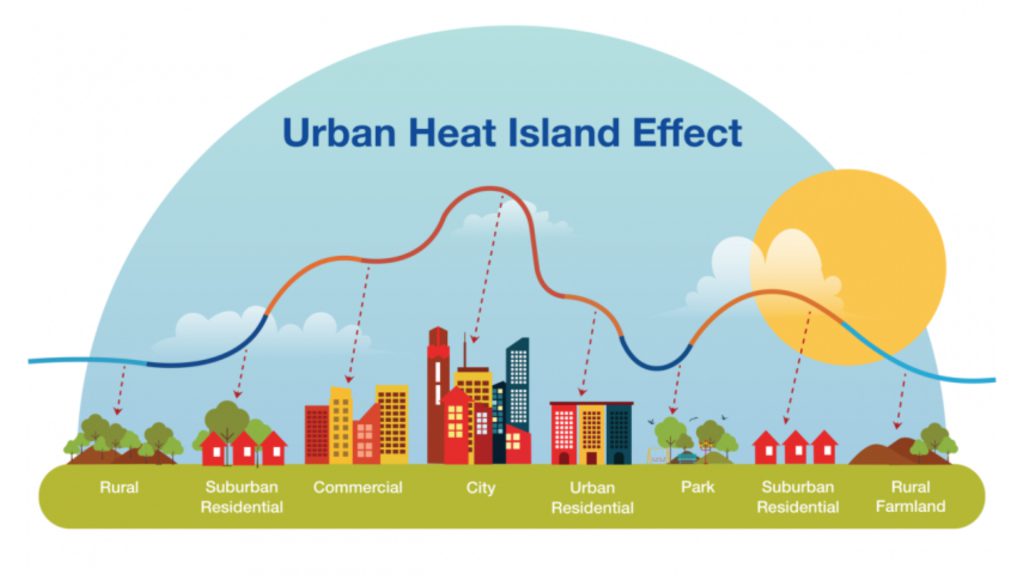
Cool paint coatings can help mitigate heat islands and create more comfortable conditions for residents during hot summer months by lowering surface and air temperatures across an entire city.
Green Roofs as an Alternative Solution for Urban Cooling
Green roofs, also known as living roofs, are covered in vegetation and can help insulate buildings and lower surface temperatures.

Plants and soil absorb less heat than conventional rooftop materials. Green roofs also absorb rainwater, reducing runoff. Because of their environmental benefits, some cities offer incentives for installing green roofs.
Permeable Pavements Have Been Suggested as an Urban Cooling Solution
Permeable pavements allow rainwater to seep into the ground rather than storm drains. Materials like porous asphalt, pervious concrete, and permeable interlocking pavers replace traditional concrete and asphalt.
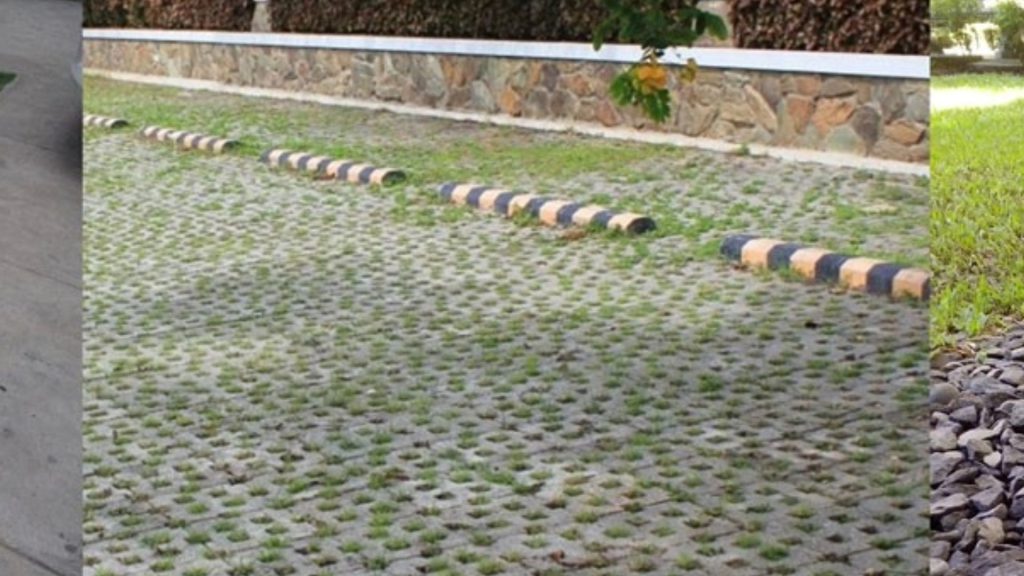
Permeable pavements can lower surface temperatures by up to 4 degrees Fahrenheit compared to regular pavements. They are suitable for parking lots, alleys, and low-traffic streets.
Adding a Touch of Green To Stay Cool
Increasing urban greenery through trees, shrubs, and other plants helps lower temperatures in several ways. Plants absorb carbon dioxide, produce oxygen, and filter pollutants from the air. Their shade also cools the surrounding area.

A single mature tree can absorb as much carbon in a year as a car produces, driving 26,000 miles. Urban forests, green spaces, and vertical gardens should be incorporated whenever possible in city planning.
Cool Paint Study in Singapore Seems Promising
The innovative heat-reflective paint coatings trialed in Singapore could provide a minimally invasive and immediately effective solution to reduce urban heat.

Though more research is required to determine durability, the remarkable temperature reductions already demonstrated in this large-scale study show the vast potential of this simple approach.






